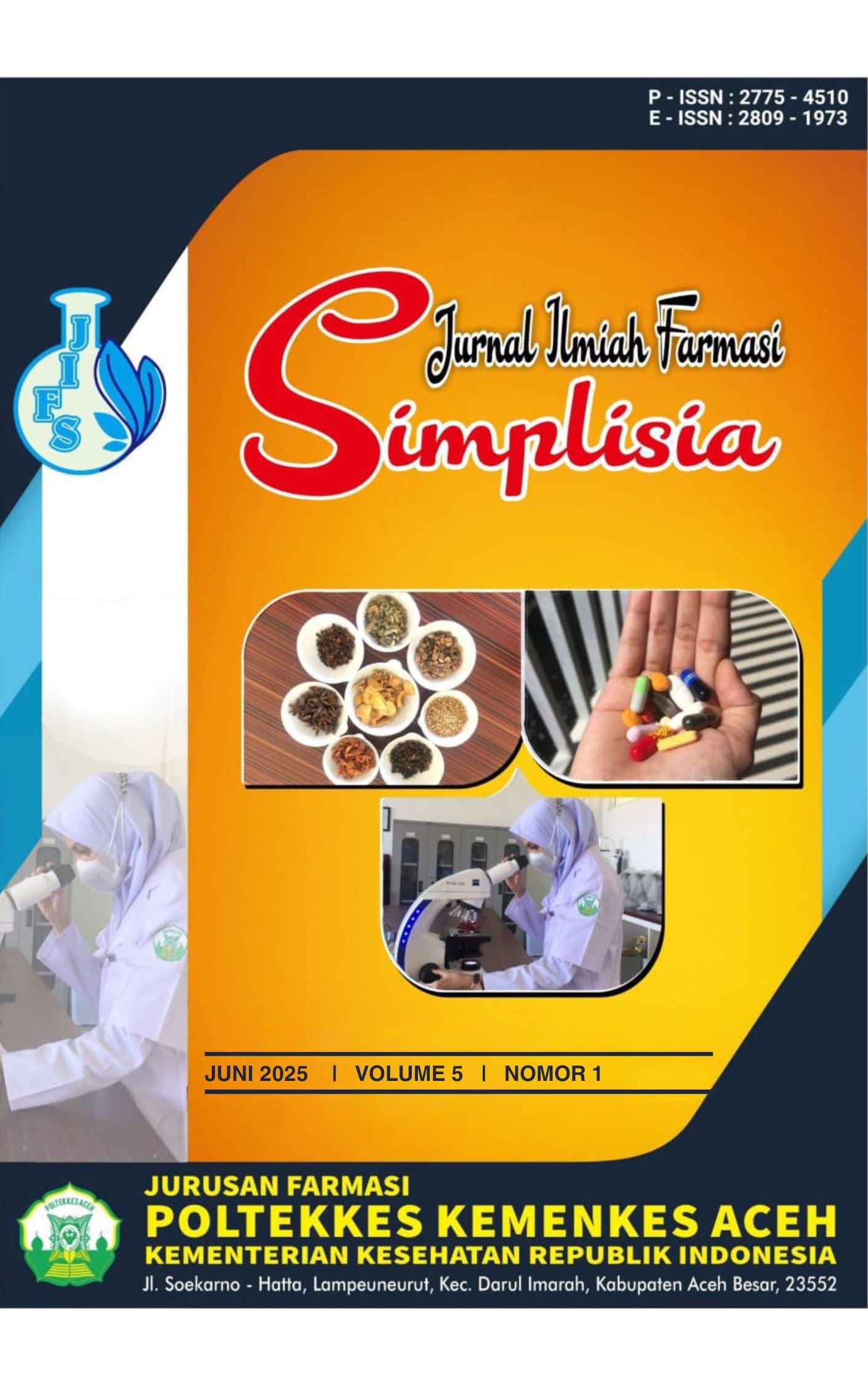Analysis of Hydroquinone and Mercury in Whitening Cream Using UV-Vis Spectrophotometry and ICP-OES
DOI:
https://doi.org/10.30867/jifs.v5i1.846Keywords:
hydroquinone, ICP-OES, mercury, whitening cream, UV-VIS spectrophotometryAbstract
Whitening creams contain active substances that inhibit melanin formation. Hydroquinone and mercury are often added due to their effectiveness in reducing melanin and providing quick skin smoothing. This study aims to determine the levels of hydroquinone and mercury in whitening creams using UV-Vis spectrophotometry. A random sampling from cosmetic stores in Kuningan yielded 9 whitening cream samples. The experimental method included sample collection, standard solutions preparation, calibration curve construction, and qualitative tests for hydroquinone and mercury. FeCl3 was used for hydroquinone, and potassium iodide (KI) color test for mercury, with ICP-OES and UV-Vis Spectrophotometry for quantitative analysis. Qualitative KI testing showed that 6 out of 9 samples (A, B, C, D, F, I) contained mercury. FeCl3 testing found hydroquinone in 3 samples (D, E, G). UV-Vis Spectrophotometry identified hydroquinone in 8 samples (A, B, C, D, E, F, H, I) exceeding 0.02%, with concentrations ranging from 0.0809% to 3.5875%. Sample G had 0.0134%. ICP-OES testing revealed mercury content from -0.0071 to -0.6018 mg/L in samples A-H, less than 0.0001% in mg/Kg, but sample I had a high mercury content of 138.4844 mg/L.















